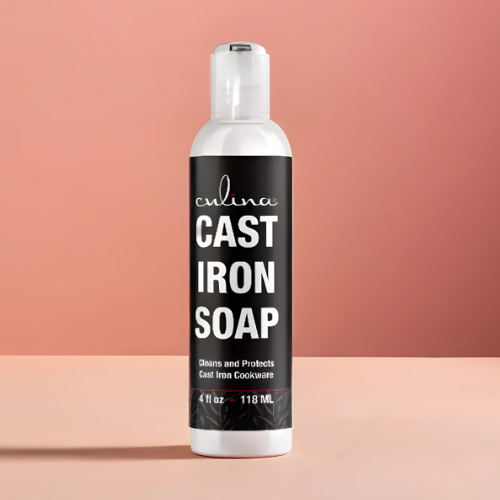A cast iron Dutch oven is a versatile, durable piece of cookware that can last a lifetime if properly cared for. However, over time, even the best-cared-for cast iron can develop rust. Knowing how to clean a cast iron Dutch oven with rust efficiently is essential for maintaining its longevity and functionality.
In this detailed guide, we will walk you through proven methods for removing rust from your cast iron Dutch oven, ensuring that you can continue to cook your favorite meals safely and deliciously. With the right technology and methods, you will be delighted to see how easy this process can be.

Understanding Cast Iron Rust
Rust is a natural enemy of cast iron. It forms when the iron in your cookware reacts with moisture and oxygen. This reaction creates iron oxide, or rust, which can severely damage the integrity of your Dutch oven if not handled promptly.
What Causes Rust in Cast Iron?
Several factors can cause rust to form on your cast iron Dutch oven:
- Exposure to water and humidity
- Improper drying after washing
- Lack of regular seasoning
- Storage in damp environments
:max_bytes(150000):strip_icc()/qt-one-off-tramontina-dutch-oven-tout-8154d553f36544238f725847881ea2d6.jpg)
Step-by-Step Guide to Removing Rust
Gather Your Supplies
Before you start, you will need the following:
- Steel wool or a stiff brush
- White vinegar
- Baking soda
- Dish soap
- Clean cloths
- Vegetable oil or shortening
Step 1: Scrub Away the Rust
Use steel wool or a stiff brush to scrub away as much rust as possible. Be thorough, but dont worry if you cant get it all in one go.
Step 2: Soak in Vinegar Solution
Soak the Dutch oven in a solution of equal parts white vinegar and water for no more than one hour. This will help to loosen the remaining rust.
Step 3: Scrub Again
After soaking, use the steel wool or brush to scrub the remaining rust. Rinse the Dutch oven thoroughly with warm water.
Step 4: Apply Baking Soda
Baking soda can neutralize the acidity of the vinegar and prevent further rusting. Sprinkle baking soda onto the wet Dutch oven and scrub with a brush. Rinse well.
Step 5: Wash with Dish Soap
Wash the Dutch oven with dish soap and warm water, then rinse and dry completely.
Step 6: Re-season the Dutch Oven
Seasoning is the process of creating a protective layer of oil on the cookware. Heres how to do it:
- Heat your oven to 350F (175C)
- Apply a thin layer of vegetable oil or shortening to the entire surface of the Dutch oven
- Place it upside down in the oven on the middle rack (place a sheet of aluminum foil on the lower rack to catch drips)
- Bake for one hour, then let it cool in the oven

Future Prevention of Rust
Proper Cleaning Techniques
Never soak your cast iron in water. Instead, clean it immediately after use with a brush and hot water. Avoid using soap regularly.
Pat Dry Immediately
After washing, dry your Dutch oven with a clean cloth immediately to prevent moisture from causing rust.
Regular Seasoning
Regular seasoning creates a protective barrier that helps prevent rust. After each use, apply a thin coat of oil to the surface.
Maintaining Your Cast Iron Dutch Oven
Storage Tips
Store your Dutch oven in a dry place. If you live in a humid environment, consider placing a moisture absorber in your cabinet.
Use It Often
The more you use your cast iron, the better it will be maintained. Cooking with it regularly helps keep the seasoning intact.
FAQs
Can I use soap to clean my cast iron Dutch oven?
While occasional soap use is okay, regular use can strip the seasoning. It’s best to use hot water and a brush for routine cleaning.
What if the rust doesnt come off?
If the rust is stubborn, repeat the soaking and scrubbing process. Severe rust may require professional restoration.
How often should I re-season my Dutch oven?
Season your Dutch oven as needed. If you notice food sticking or rust forming, its time for a new layer of seasoning.
Additional Resources
For more information on maintaining cast iron cookware, visit our other articles on clean Dutch oven and make bread in a Dutch oven.
You can also find great tips in this Good Housekeeping guide on cleaning Dutch ovens.
As an Amazon Associate, I earn from qualifying purchases.

